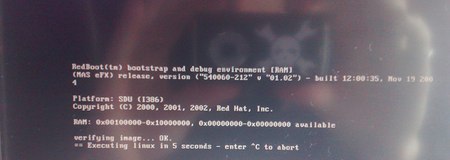
Frozen Cache is a blog dedicated to a novel way to prevent cold boot attacks. Last year the cold boot team demonstrated that they could extract encryption keys from a machine’s RAM by placing it in another system (or the same machine by doing a quick reboot). Frozen Cache aims to prevent this by storing the encryption key in the CPU’s cache. It copies the key out of RAM into the CPU’s registers and then zeroes it in RAM. It then freezes the cache and attempts to write the key back to RAM. The key is pushed into the cache, but isn’t written back to RAM.
The first major issue with this is the performance hit. You end up kneecapping the processor when you freeze the cache and the author suggests that you’d only do this when the screen is locked. We asked cold boot team member [Jacob Appelbaum] what he thought of the approach. He pointed out that the current cold boot attack reconstructs the key from the full keyschedule, which according to the Frozen Cache blog, still remains in RAM. They aren’t grabbing the specific key bits, but recreating it from all this redundant information in memory. At best, Frozen Cache is attempting to build a ‘ghetto crypto co-processor’.
We stand by our initial response to the cold boot attacks: It’s going to take a fundamental redesign of RAM before this is solved.
[via Slashdot]












